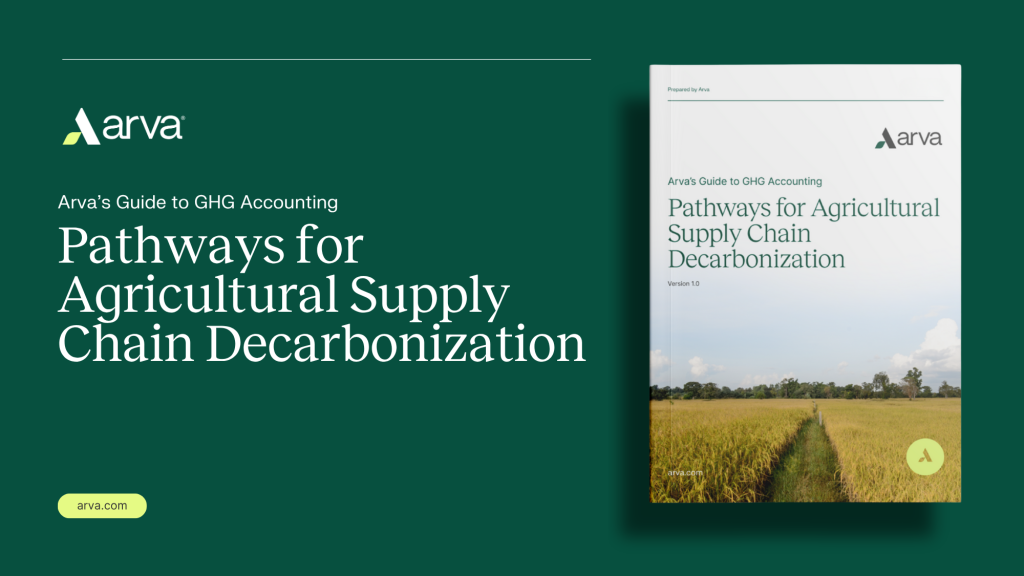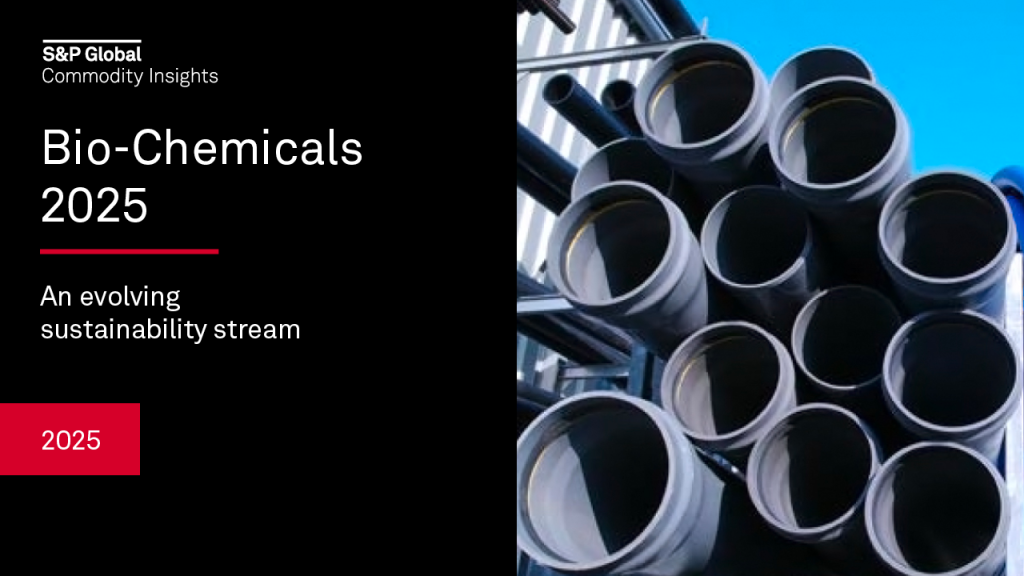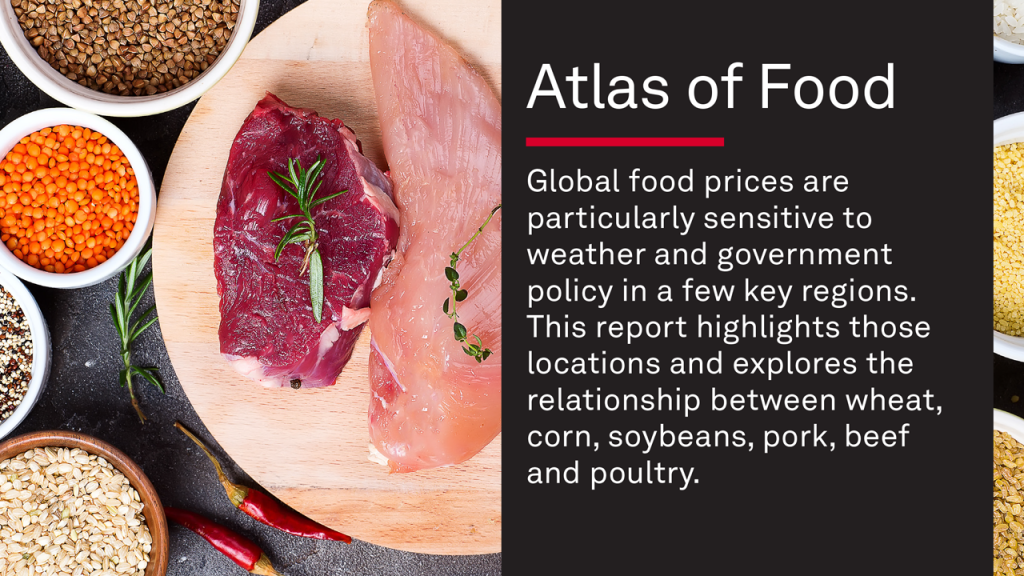Weyerhaeuser Tackling Water Pollution
The process of making pulp and paper requires large volumes of water. In the pulping process, water and chemicals are used to cook wood chips until a slurry of pulp is formed. The pulp is rinsed and further treated, ultimately creating a solution that is 99% water and 1% cellulose fiber. This solution passes over a series of screens, rollers and dryers to remove the water and form a continuous sheet of cellulose fiber or paper. Treated water is then returned to the environment.
Since 1980, Weyerhaeuser has reduced the amount of water required to produce a ton of cellulose fiber or paper by 59% — from 25,900 gallons to 10,600 gallons. Also, in Weyerhaeuser’s wood products mills, water use per ton of production has declined by nearly 25% since 1999. Reducing water use is only part of the challenge – the company also aims to reduce pollution in the water it discharges to the environment.
The company’s philosophy of working to continually reduce the impact of its manufacturing activities on the environment has prompted Weyerhaeuser to prevent or reduce pollution by focusing on the source rather than end-of-pipe remedies. Examples include:
- Reusing 98% of the chemicals used for making pulp and paper;
- Increasing operational efficiency;
- Eliminating the use of some chemicals.
Over the past decade, releases of dioxin have been of particular concern to customers, shareholders and the environmental community. The term “dioxin” is often used to describe 2,3,7,8-tetrachlorinated dibenzodioxin (TCDD). TCDD is one of 17 similar chlorinated compounds that form the class of dioxins and dioxin-like compounds. Of these compounds, TCDD is the most toxic and, therefore, of most concern. Dioxins are byproducts of bleaching processes that use elemental chlorine to whiten pulp. Because Weyerhaeuser has eliminated the use of elemental chlorine bleaching at all of its mills, its releases of the dioxin compound TCDD in wastewater have been virtually eliminated. Discharges of adsorbable organic halides have also decreased more than 90% since 1990.
Some of Weyerhaeuser









